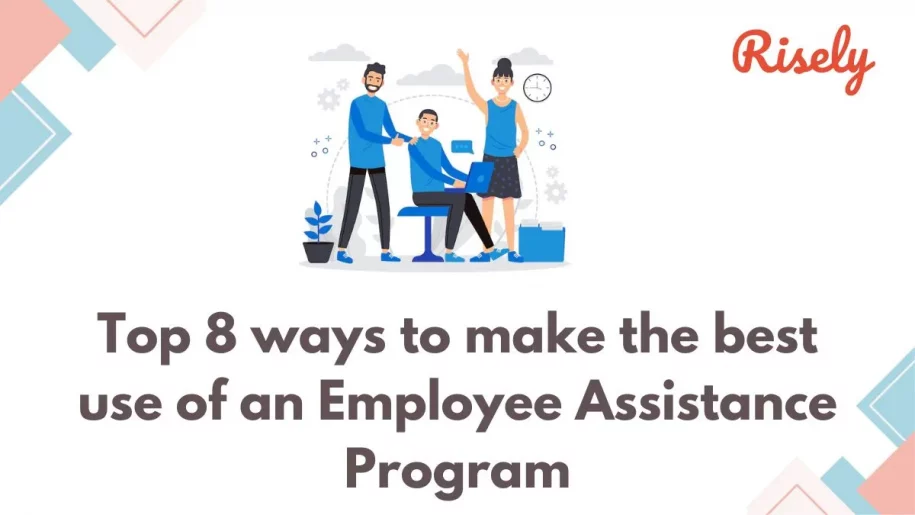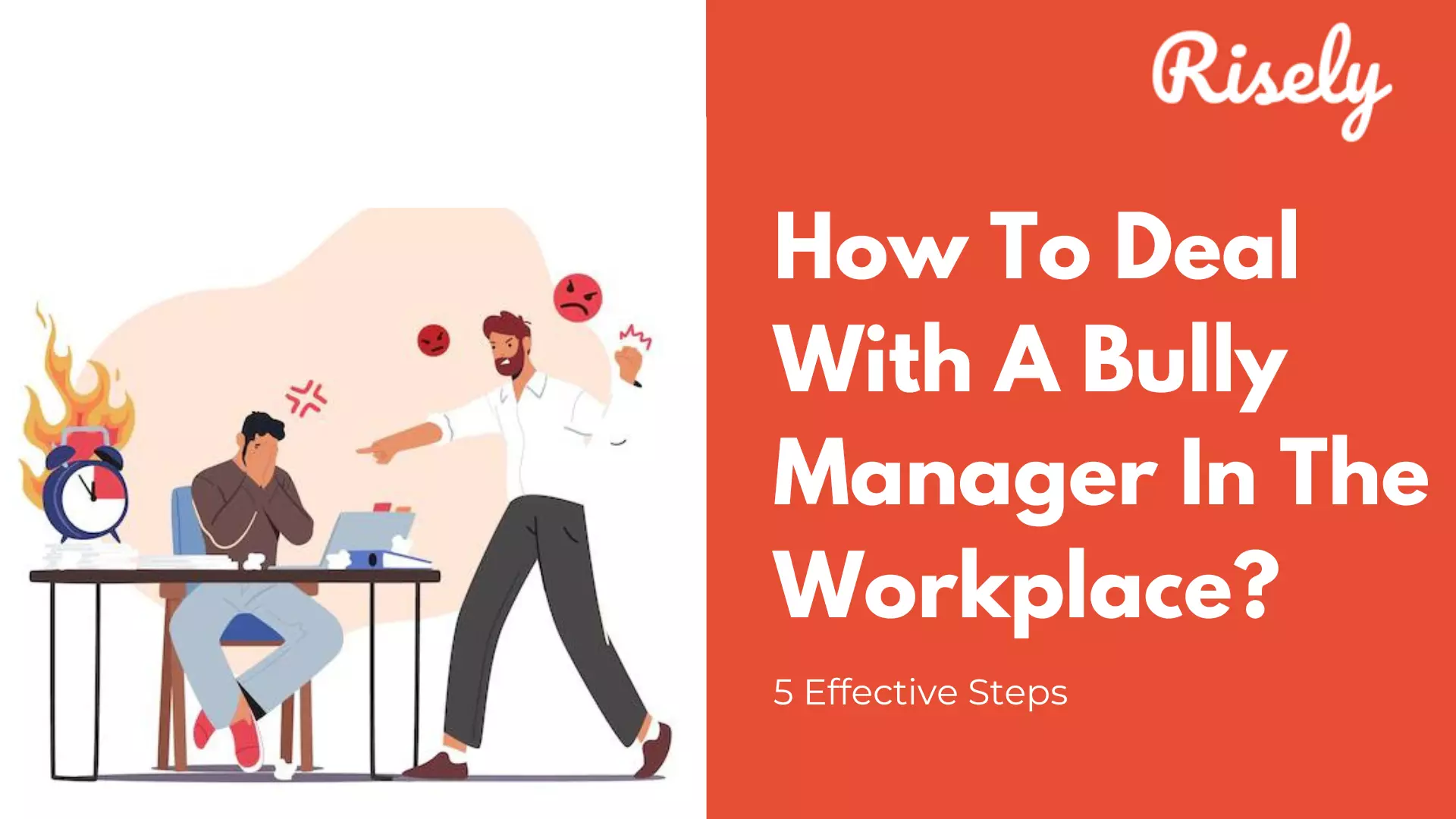Top 8 ways to make the best use of an Employee Assistance Program
A happy workplace is a productive workplace. But, with the daily pressures of work, it’s easy for employees to get overwhelmed or stressed out. This is where Employee Assistance Programs (EAPs) come in. An EAP is a confidential counseling service that offers support to employees who may be experiencing personal or work-related challenges. In this blog, we will take you through everything you need to know about EAPs – from their essential features and benefits to the implementation process in the workplace. We’ll also cover how to select the right type of EAP and use it effectively so that your employees can receive the help they need without hesitation. Discover how an EAP can benefit your organization and its employees.What is Employee Assistance Program (EAP)?
An Employee Assistance Program (EAP) is a comprehensive, employer-sponsored benefit program designed to support employees’ mental, emotional, and overall well-being. EAPs are typically structured to provide a wide range of confidential services aimed at helping employees manage various personal and work-related challenges that might negatively affect their lives and job performance. An Employee Assistance Program is a vital resource offered by employers to support their employees’ mental and emotional health, providing a confidential and accessible avenue for addressing personal challenges and improving the overall quality of life, both in and outside of the workplace. It’s essential to many organizations’ efforts to create a supportive and healthy work environment.Key points about EAPs:
- Confidentiality: One of the fundamental principles of EAPs is confidentiality. Employees can seek assistance without fear that their problems or concerns will be disclosed to their supervisors or coworkers. This confidentiality fosters trust and encourages employees to use the program when needed.
- Scope of Services: EAPs cover a broad spectrum of services, including but not limited to:
- Substance Abuse Support: Assist employees dealing with substance abuse problems or addiction.
- Legal and Financial Guidance: Help with legal issues, financial planning, debt management, and other related concerns.
- Crisis Intervention: Immediate support during emergencies or crises, such as after a traumatic incident in the workplace.
- Work-Life Balance: Resources and advice on balancing work and personal life demands.
- Counseling and Therapy: EAPs often offer short-term counseling or therapy sessions with licensed professionals to address stress, anxiety, depression, and relationship difficulties.
- Accessibility: EAP services are designed to be easily accessible. They typically include a helpline or hotline that employees can call 24/7 for immediate assistance. Some EAPs also offer online resources and self-help materials.
- Assessment and Referral: EAP professionals assess the employee’s situation and provide guidance or referrals to appropriate external resources or specialists if necessary. This helps ensure that employees receive the most appropriate care and support.
- Preventive and Educational Programs: Besides addressing crises and immediate concerns, EAPs often offer preventive programs and educational resources. These might include workshops, seminars, webinars, and written materials that help employees develop coping strategies, manage stress, and enhance their overall well-being.
- Cost Coverage: EAP services are typically provided at no cost or a minimal cost to employees. Employers recognize that offering EAPs can lead to a healthier, more productive workforce, ultimately benefiting the organization.
Other Interesting Reads
What are the Employee Assistance Program Benefits?
Employee Assistance Programs (EAPs) offer a range of benefits for both employers and employees. Here are five key benefits of having an EAP in the workplace:- Improved Employee Well-Being: EAPs provide employees professional support and resources to address various personal and work-related challenges. By offering assistance with issues like stress, mental health concerns, substance abuse, relationship problems, and more, EAPs improve employees’ overall well-being. This, in turn, can lead to reduced absenteeism, increased job satisfaction, and a healthier, more engaged workforce.
- Enhanced Productivity: Employees’ struggle with personal issues can negatively impact their job performance. EAPs help employees address and manage these challenges, enabling them to focus better. By reducing the distractions and disruptions caused by personal problems, EAPs can increase employee productivity and efficiency.
- Cost Savings: EAPs can result in cost savings for employers. By addressing issues early on, such as mental health concerns or substance abuse problems, EAPs can help prevent more severe and costly issues from developing. Additionally, healthier and happier employees are less likely to take extended leaves of absence due to health-related issues, which can lead to reduced healthcare and disability costs for employers.
- Reduced Turnover: A workplace that offers support through an EAP is often viewed more favourably by employees. Employees who feel that their employer values and supports their well-being are more likely to stay with the company. This reduces turnover, which can be expensive in recruitment, training, and lost productivity.
- Positive Work Environment: Implementing an EAP sends a clear message to employees that their employer cares about their health and happiness. This can create a more positive and supportive work environment, increasing morale and job satisfaction. A positive work environment can also attract top talent and contribute to a company’s reputation as an employer.
How to Utilize Your Employee Assistance Program Effectively?
Effectively utilizing your Employee Assistance Program (EAP) is crucial to maximize its benefits to employees and the organization. Here are eight tips on how to make the most of your EAP:- Promote Awareness: Ensure all employees know the EAP and understand its services. Promote it through various channels, such as emails, posters, intranet, and company meetings. Regular reminders can help employees remember they have access to this valuable resource.
- Confidentiality Assurance: Reiterate the confidentiality of the employee assistance program to employees. Ensure that their personal information and discussions with EAP professionals will not be shared with their supervisors or colleagues. This reassures employees and encourages them to seek help without fear.
- Provide Clear Information: Offer easily accessible information about contacting the EAP, including the helpline number and website. Ensure employees know how to access services through phone, in-person appointments, or online resources.
- Training for Managers: Train managers and supervisors on recognizing signs of employee distress and how to appropriately refer employees to the employee assistance program. Managers should be aware of the EAP’s role in supporting employees and be supportive in encouraging its use.
- Tailored Services: Work with your EAP provider to customize services for your organization’s needs. This might include offering workshops or resources on topics most relevant to your workforce, such as stress management, work-life balance, or financial planning.
- Regular Communication: Keep communication about the EAP ongoing. Share success stories or testimonials from employees who have benefited from the program. Regularly remind employees of the EAP’s availability and the range of services it provides.
- Feedback Mechanism: Establish a feedback mechanism where employees can provide input on the EAP’s effectiveness and suggest improvements. Use this feedback to make necessary adjustments to the program and ensure it meets the evolving needs of your workforce.
- Monitor Utilization: Track the utilization of the EAP to gauge its effectiveness. Evaluate data such as the number of employees using the program, types of services sought, and the outcomes achieved. This data can help you fine-tune your employee assistance program and measure its impact on employee well-being and productivity.
Conclusion
In conclusion, an Employee Assistance Program (EAP) provides valuable support to employees and organizations. By offering confidential and professional assistance for a range of personal and work-related issues, EAPs help improve employee well-being and productivity. The key benefits of an EAP include access to counseling services, resources for managing stress, and support for work-life balance. To make the most of your employee assistance program, it is essential to evaluate your organization’s specific needs, select the appropriate type of program, and effectively communicate and promote its availability to employees. By effectively implementing and utilizing an EAP, you can create a positive and supportive work environment, leading to happier, healthier, and more engaged employees.Ace performance reviews with strong feedback skills.
Master the art of constructive feedback by reviewing your skills with a free assessment now.
Other Related Blogs
How To Deal With A Bully Manager In The Workplace? 5 Effective Steps
Are you feeling intimidated and stressed at work? Do you feel like you’re constantly walking on eggshells, afraid of making any mistake that will get you in trouble with your…
How Forgiveness is the Key to Great Workplace Culture?
How Forgiveness is the Key to Great Workplace Culture? A healthy culture in the workplace is all that we look forward to. Yet, there are many obstacles on the way…
7 Workplace Trends 2024 for Managers
7 Workplace Trends 2024 for Managers As 2024 has almost reached its mid, workplace trends are shaping to be quite interesting. From the rise of hybrid work to the increasing…
5 Ways To Master Emotional Management At Work For Managers
5 Ways To Master Emotional Management At Work For Managers Management of emotions is one of the most crucial skills managers need to lead and manage their teams effectively. Unfortunately,…


